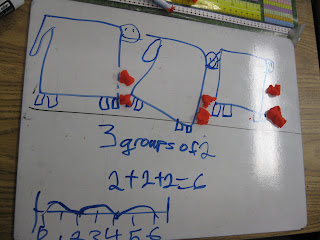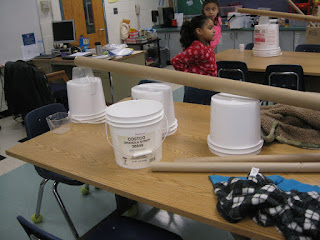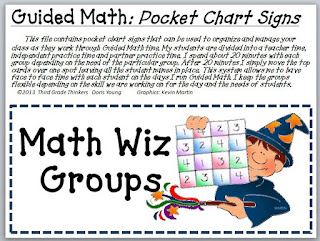That was me last night.
I don't know the answer to that question BUT we got just enough.
It's a bit ironic that I am posting about an Energy Unit today since I have very little of it these days. I've been downright tired lately so you could imagine my delight when I woke up to just enough snow for our school system to close down for the day! Our first real snowday in a very long time.
I am so thankful!! I've been out to play in it already so now we're all back in and thought I'd post about science since we just finished up our Energy unit.
We learned about renewable and nonrenewable resources.
We read various stories and articles about these natural resources. If you teach this type of unit you must check out the resources put out by the NEED FOUNDATION...a true gold mine for us teachers!
Thanks to the fine folks who sponsor the National Energy Education Development Project. Head over and visit their site. Great stuff!!
http://www.need.org/
From our reading and research we created an Energy Flip Book to help us remember the basics.
This book is made from a large sheet of construction paper that has been folded in half. The bottom third of the page has been folded up and then cut into six flaps that can be folded up and down.
We classified these natural resources by whether they were renewable or non renewable.
This makes a type of study guide that can be taken home for review.
This is an illustration one of my students drew on theirs. He wrote:
POLLUTION...Can we find another way?
LOVE
He found out that yes, we can and should find another way!
After we read about fossil fuels and some of their disadvantages, I set up an investigation called Chocolate Chip Mining. Through this activity, students explored the idea that mining for fossil fuels can damage our land and environment. We got some practice reading informational text as we read an article about coal mining and land reclamation.
Then students were given two chocolate chip cookies to represent land sites. The chips represented the coal that they were to mine or dig out of the ground. Their tool was a toothpick.
This investigation takes students through the scientific method. First they had to take a close look at two different land sites (hard and soft chocolate chip cookie). They had to predict how many pieces of coal (chips) they thought they could dig out and how difficult they thought it would be. All observations were noted and recorded.
Then they got to work. They quickly found out that it is really hard to dig out the coal without destroying the land site!
Pictures and words were again recorded.
Reclaiming the land after mining proved to be very difficult. One land site was definitely easier than the other though. We talked about how people have to be mindful of where they mine because of what it will do to the environment.
At the end of the investigation, students counted and graphed the pieces of coal they were able to dig out and a conclusion was written.
Through this unit students learned about the negative aspects of using nonrenewable resources to produce electricity. We also spent time researching and learning the good news...there are renewable resources that we can use to create energy.
I found these simple kits at a local Hobby Lobby store. You must check out their science section if you have this store nearby. Wonderful finds that you would not expect. These little kits were about $5.00 each with a coupon!
I've put some of the printables shown above together in a bundled file. I included the pages to make the energy flipbook and the Cookie Mining Lab Report.
Head here if interested:
http://www.teacherspayteachers.com/Product/Exploring-Energy-Renewable-and-Nonrenewable-Resources
Happy snow day to all my VA teacher friends!

















































 youngdor8@gmail.com
youngdor8@gmail.com



















